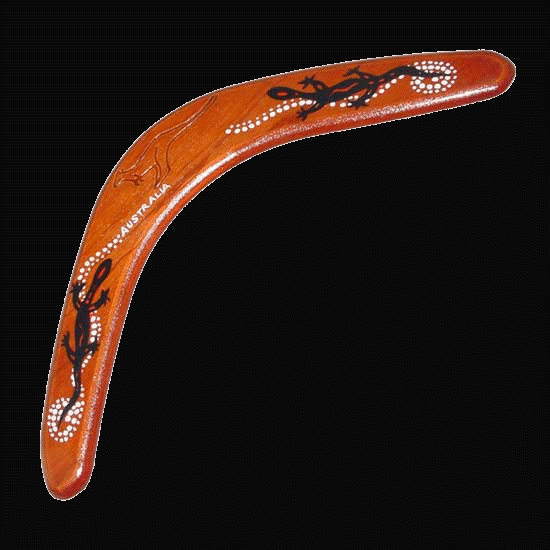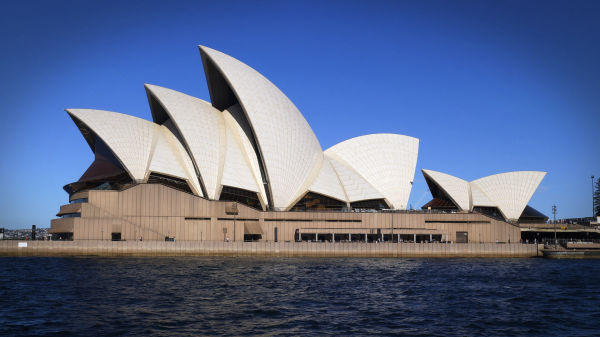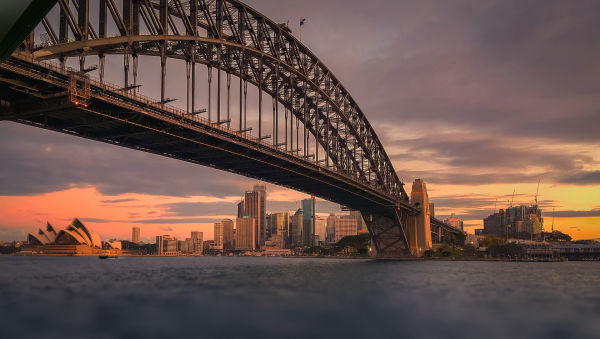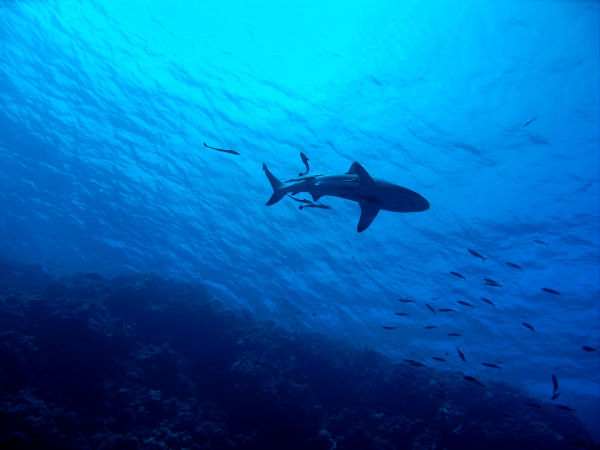The shops may not have stayed open after 5pm, closed on one day in the week for market day even though we did not have a market, and closed all day on a Sunday, But we did have 24/7 shopping, but it was not from all night supermarkets, it was from outside vending machines. Bubblegum and chocolate, cigarettes, and stamps were on sale outside many shops, milk vending machines that sold milk or orange juice in small cartons, and at one time we even had one locally for bread.
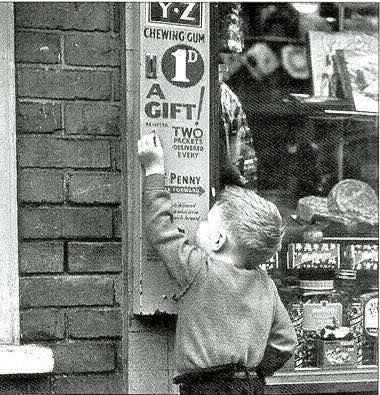
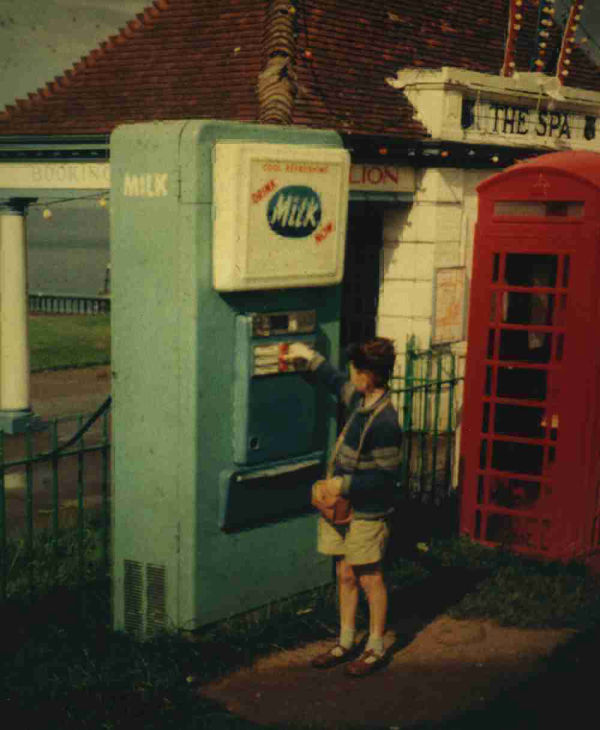
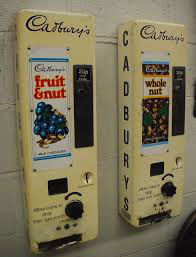
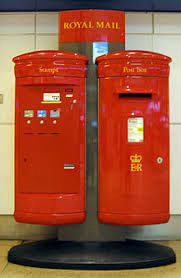
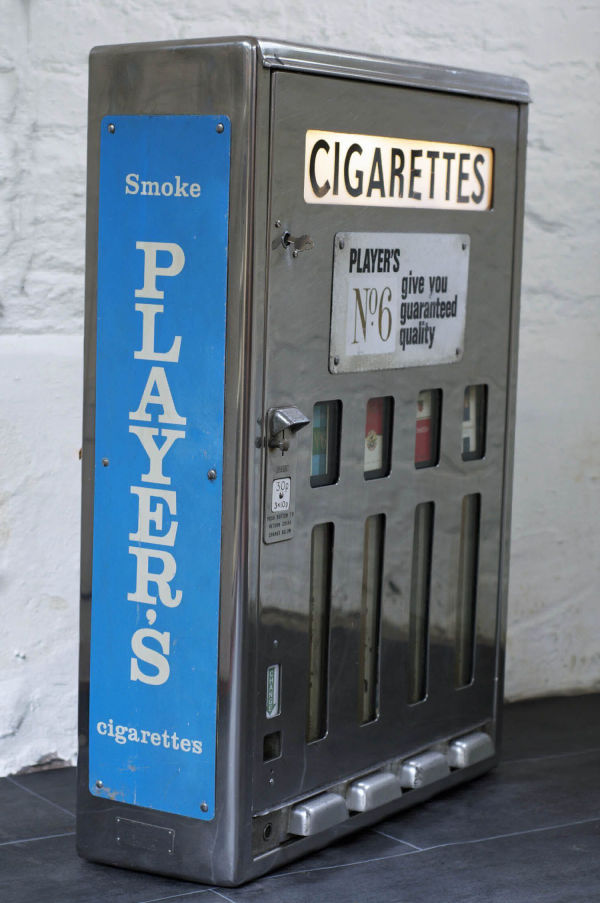
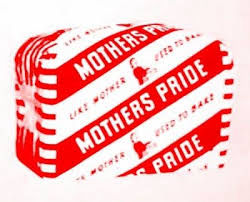
In my childhood the telephone for the majority of people was down at the end of the street in a box, and even those that did have one at home usually shared the phone line with others.
As the network improved more and more people had a telephone installed, but it was not used like it is today, it was put out of the way in the hallway on a table, or fixed to a wall, Children did not use the phone, only adults, and its usage was restricted so as not to run up the telephone bill.
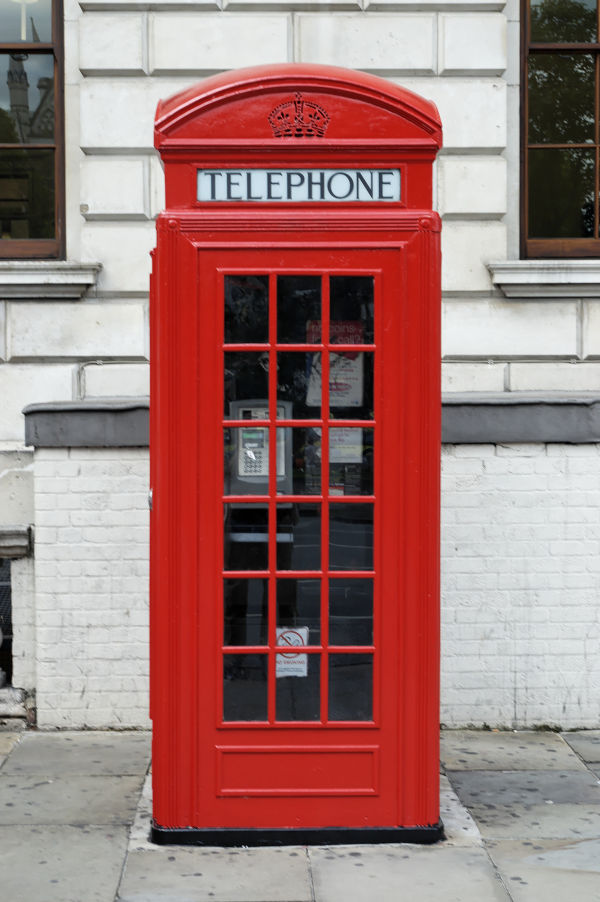
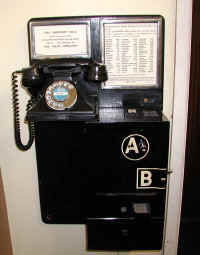
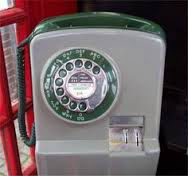
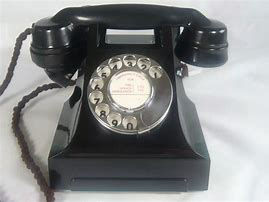
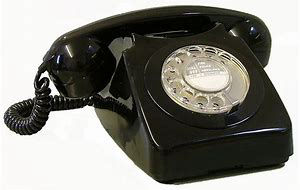
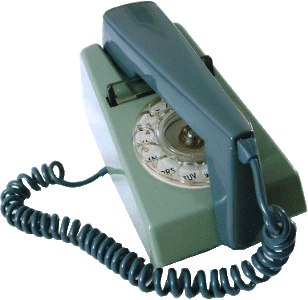
The traditional red telephone box was not the only telephones on the road, personal two-way body worn radios had not yet come in, so the Police had their own (Tardis) phone boxes keeping the beat policeman in touch with the station, The 'Panda' police cars did have radio.
There were also AA and RAC phone boxes scattered along the highways that you would use to summon one of the many roadside patrols, this could be a motorcycle or a mini van. In the early days the motorcycle patrols had to salute any vehicle that displayed their badge.

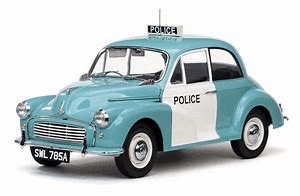
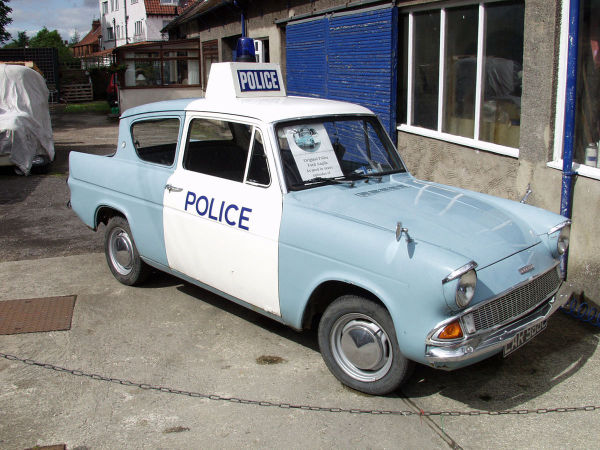
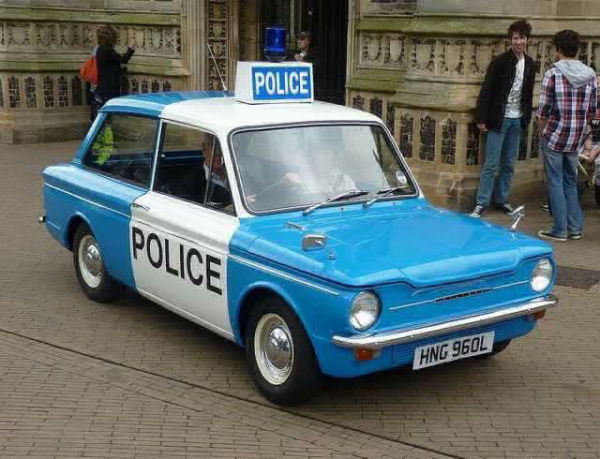
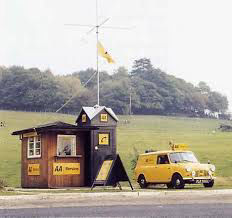
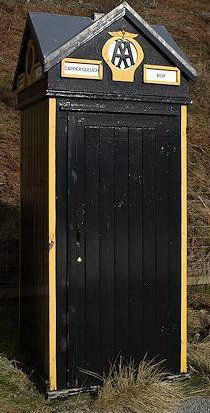
Everything was made from Formica from the worktops and cupboard doors to the dining table. Kitchens were always light blue or bright yellow, most probably the only colours Formica came in, floors a checkerboard of Linoleum tiles that eventually cracked and splintered.
Being before the days of Freezer's and sometimes even fridges, there was always a 'Pantry' or 'Larder', a cold room (the size of a coal shed / cupboard) with shelving where the food was stored, often with hanging meats such as chickens and rabbits. This was sometimes outside.
To maximise room in the kitchen, upright Larder cupboards were the norm, glass fronted upper cupboards used to store food or plates, drawers for cutlery, and doors leading to a larger area for pots and pans.
To iron clothing or run the twin tub washing machine, an adapter was often inserted into the lightbulb socket and the power lead hung down. Although common it was a very dangerous practice, the wiring looms could not take the additional loads and would overheat.
There was always the Dining room and 'The Best Room', all the best furniture and items were kept in the best room, it was generally unused and more for show, only used when visitors called, the rest of the time you would sit in the dining room or the kitchen.
Living rooms were cluttered, dull and darkly furnished, tending to be either plain walls or floral, most probably so they did not show the soot deposits from the open coal fires.
In the late 60's and 70's we had all been 'Tango'd', everywhere and everything seemed to be bright orange, and the range of wallpapers were mindblowingly psychadelic, and I am sure the reason why I suffered so many migraines as a child.

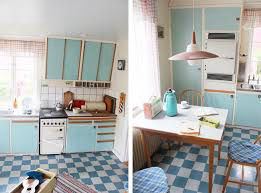
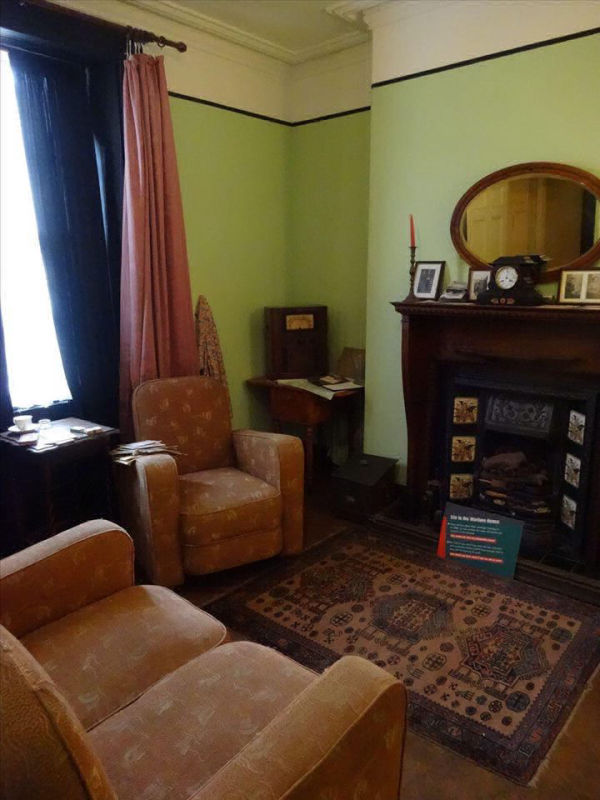
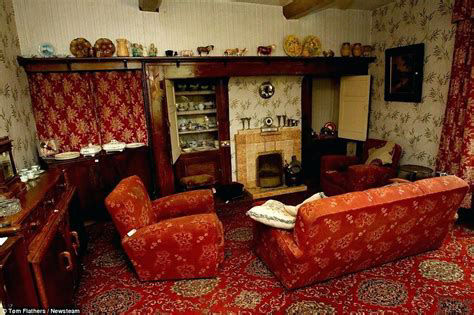
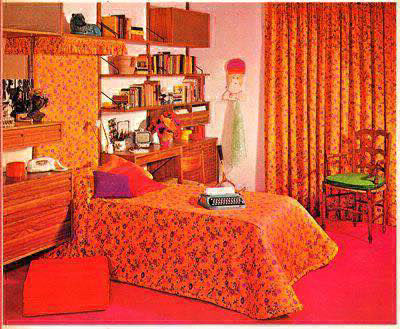
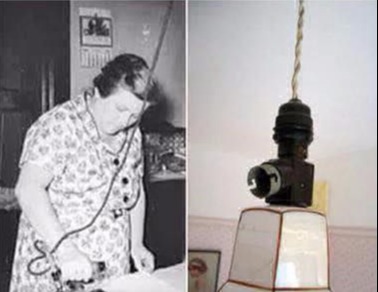
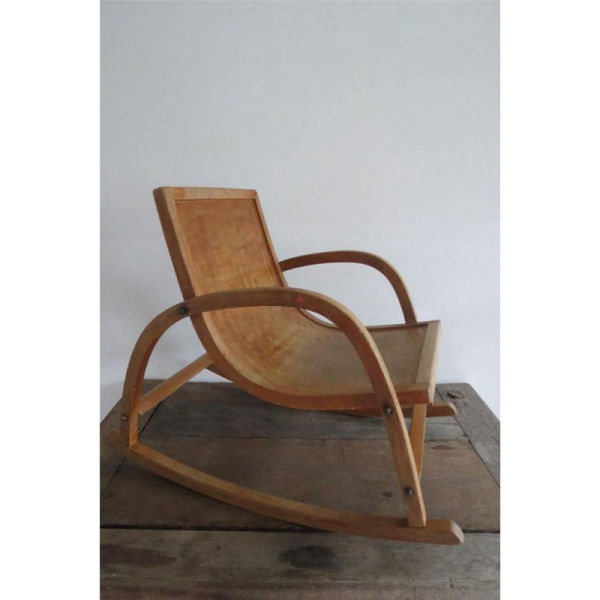
My first ever chair of my own.
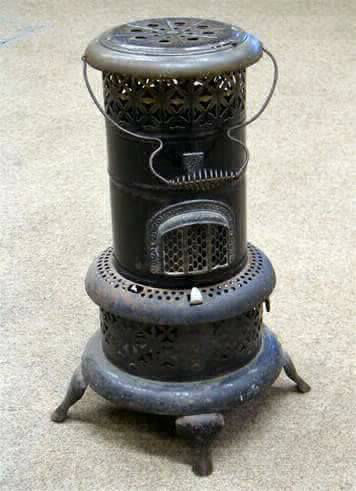
Without central heating it was left to the open fire to keep things warm, for those that no longer had a fireplace and did not have a gas fire then Parafin heaters were used. The kettle would be left on the top so that we always had hot water.


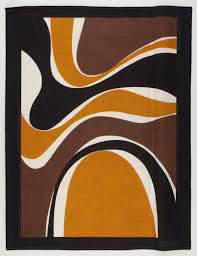
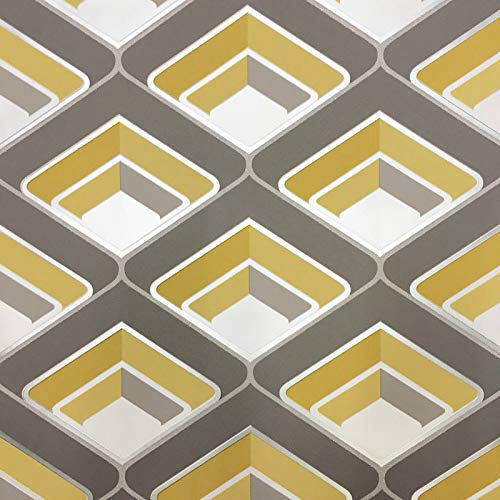
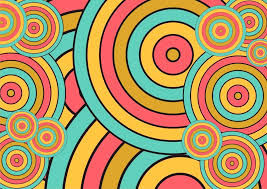
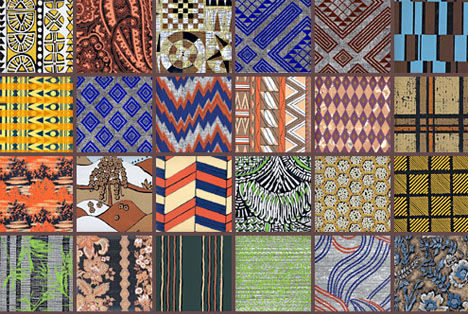
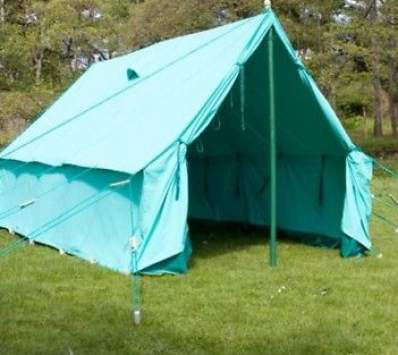
No holidays abroad for us, for many years it was camping in Cornwall, later in the New Forest. I did have my own tent, a heavy waxed cotton ridge tent.
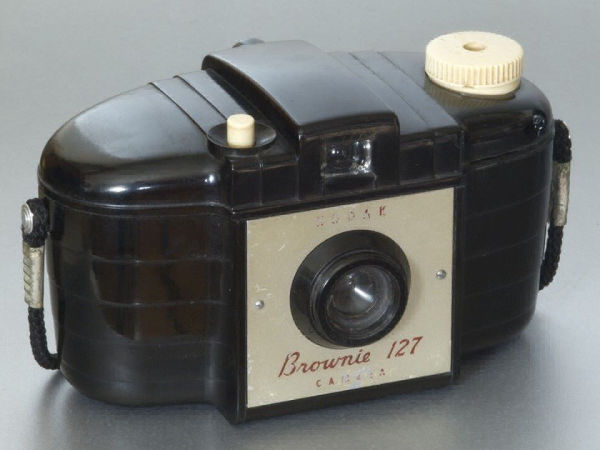
Unlike today we didnt take many photographs, it was far too expensive for the film and then the developing costs. But I did have a box camera, and a Brownie 127
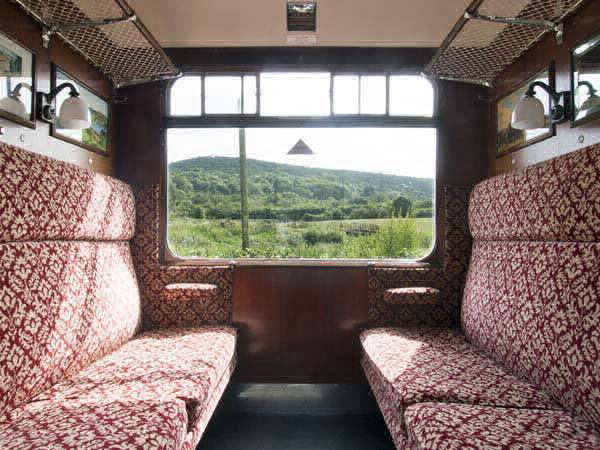
Trains were far more colourful than todays carriages, we even had a double deck train running where I lived.
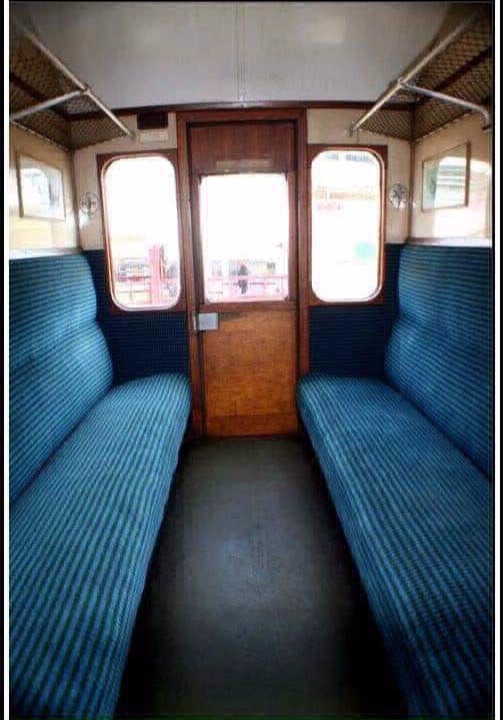
There were 2 types of carriage, one with a central aisle and others with individual carriages.
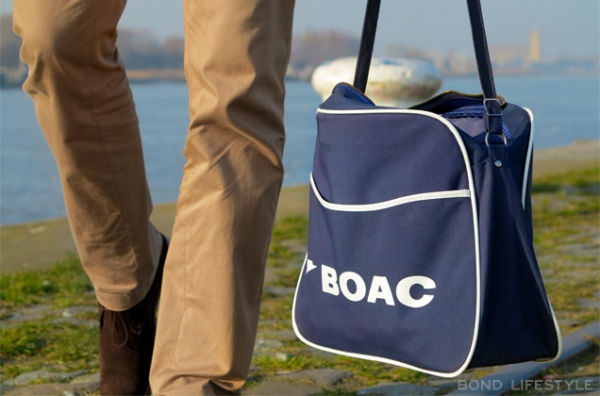
There was much pride in British Airways, BOAC as it then was produced travel bags and these were very much in demand, i think to show off that you had been abroad.
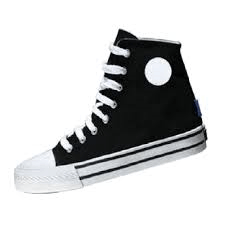
Converse isn't a new style! Trainers did not exist, but we used 'Bumper Boots' originally designed for Baseball.
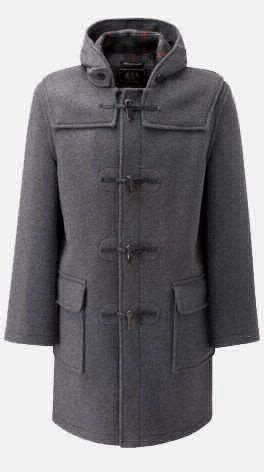
The lightweight waterproof materials we use in our coats today did not exist, our coats were thick and heavy even when dry. But the Duffel Coat was so snug and warm.

The Monkey Jacket was a popular summer coat.
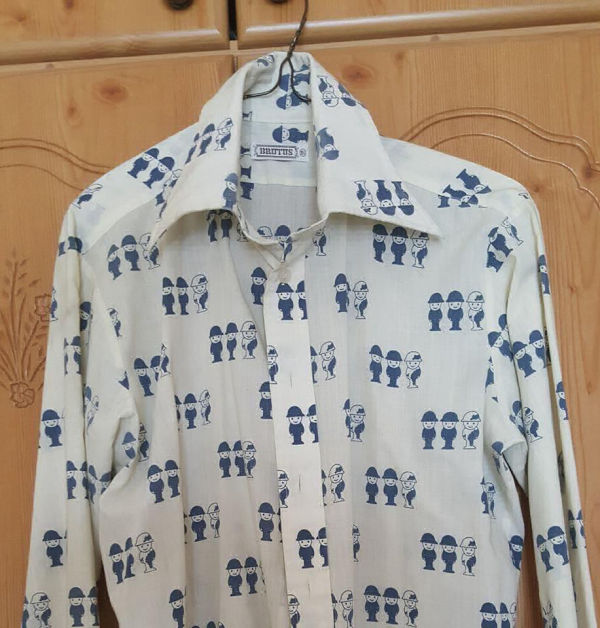
In the early 70's shirts with logo's were produced, the homepride flour grader one shown above caused a big copyright battle at the time.
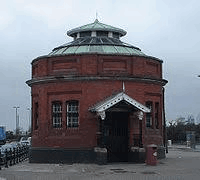
2 foot tunnels pass under the Thames, one in Woolwich and one in Greenwich.
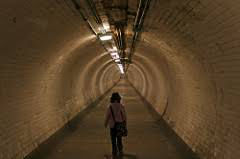
We would often travel across on the Ferry and walk back under the river in the tunnels.
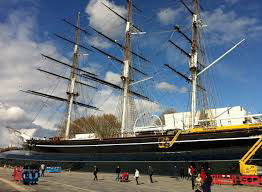
The Cutty Sark and the Gypsy Moth were a regular visit during school holidays.
Hardly a week went by without a trip back and forth on the free Woolwich ferry, and many a rainy summer school holiday was spent on the 3 ferries.
After running for so many years they have just been replaced in 2019 with new boats.
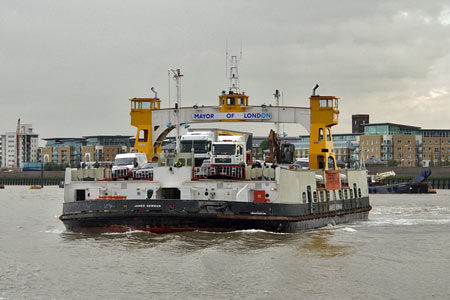
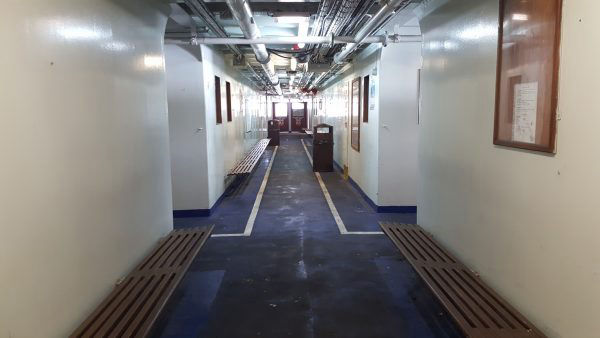
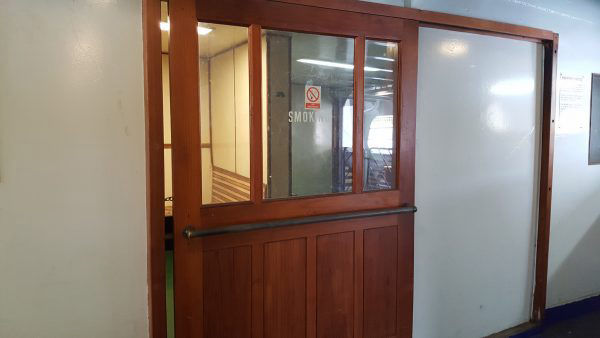
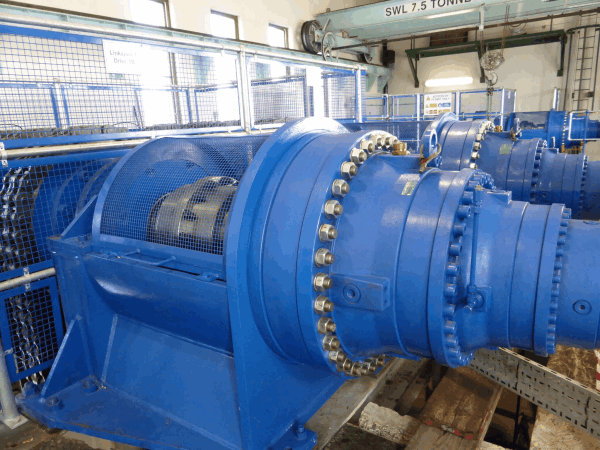

World Cup Willy.
The stuffed toy everyone had and the symbol for the 1966 world cup.
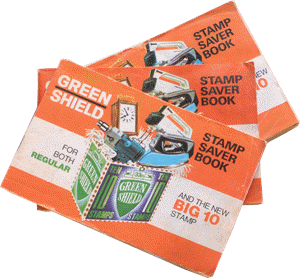
Green Shield Stamp Books. Gradually you would fill all the pages of a book, save enough books and you could buy from a catalogue.

Green Shield Stamps, given away with petrol, in supermarkets, each stamp worth .0001p
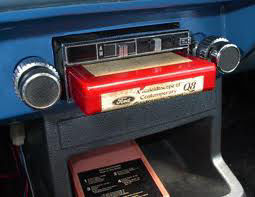
The 8-Track.
Mostly used in cars but there were household versions.
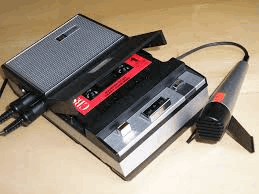
in the 70's the cassette recorder arrived. Every Sunday evening thousands would sit in front of the radio holding the Mic, trying to miss the voices as they recorded the Top of the Pops chart show.
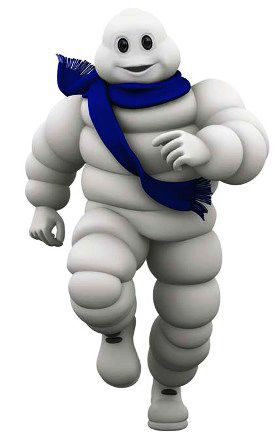
The Michelin Man.
Symbol for Michelin Tyres.
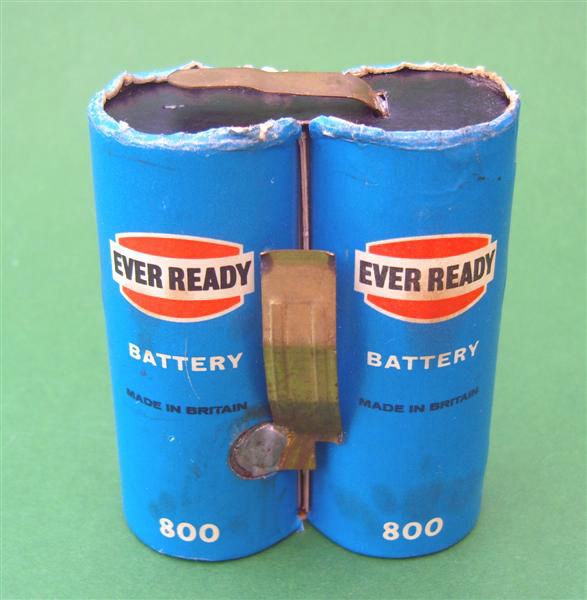
The battery that powered the front lamps on our bicycles.
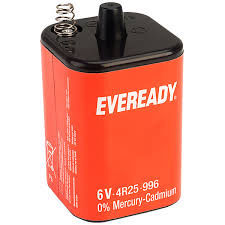
A larger battery often used in larger radios.
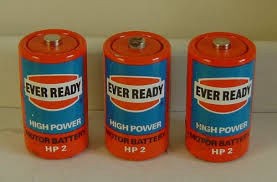
The smaller of the 2 commonly used batteries. Used for torches and radios.
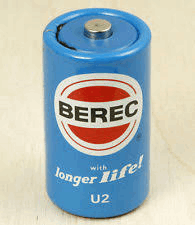
2 of these powered the rear lights on our bikes, the most commonly used battery for torches.
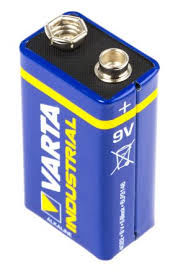
When the small transistor radios' appeared they needed a smaller flatter battery.
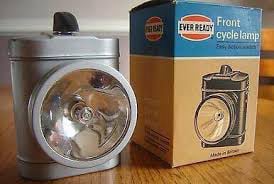
Front Bicycle Light.
Used the 800 battery shown above, Made from metal it quickly rusted and bulbs blew often.
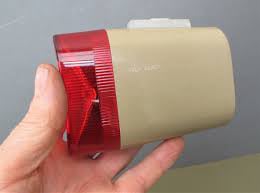
The rear bicycle lights made use of U2 batteries and did not last very long, the light quality was very poor compared to modern day versions.
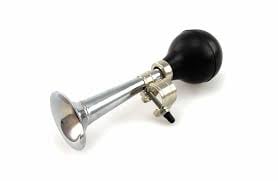
It was either a ratchet bell or a rubber horn, there were no electronic gadgets.
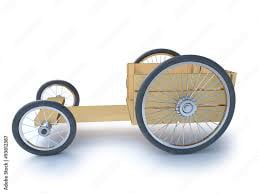
Home-made Box Carts were the norm, made from waste wood and old Pram wheels, steered with a piece of rope, and a wooden bar as a brake if you were lucky.

A scooter was often your first vehicle, popular as it was cheaper than a bicycle.
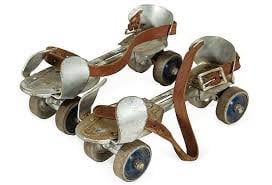
Skates that fitted over your shoes. When the leather straps broke, we balanced either a thick book or piece of wood on the top, an early 'Skateboard'!
I was one of the 'Ten Pound Poms'. We emigrated to Eastlakes just outside of Sydney in August 1968. I have many memories of my time there, the Opera House and the Sydney Harbour Bridge, the colourful birds and the dangerous Sharks, and of learning to throw and catch my boomerang.

